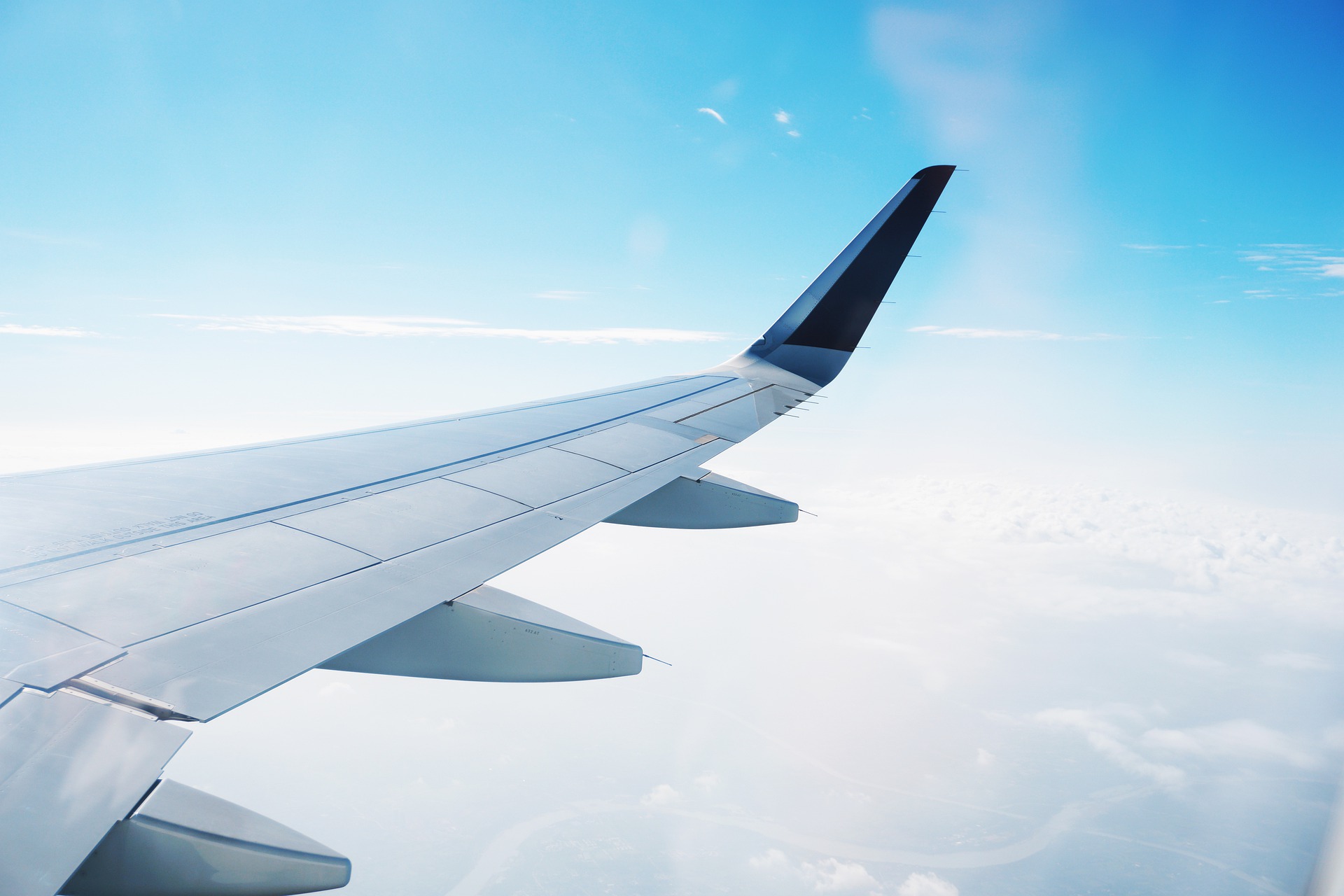Ghost Flight – The last voyage of Helios 522
On the morning of the 14th of August 2005, stand in flight attendant Andreas Prodromou spent his time helping passengers. Directing them to their seats, showing them the emergency procedures. All the standard things his job that morning entailed. The plane lifted off from Larnaca airport, Cyprus at 9.07 am local time headed for Athens international airport for a stop off before heading to Prague. 121 people are onboard.
Within the hour, Andreas and his girlfriend Haris Charalambous, (who was also working as cabin crew that day) would be the only people aboard the plane still alive.
Ghost Flight – The Beginning
The plane in this incident was a Boeing 737. A fairly new plane, having first been registered in 1997. Leased to Helios in 2004, it was given the name Olympia.
The morning of the 14th of August 2005, the plane had arrived at Larnaca from London. The previous crew had complained of a frozen door seal and odd noises coming from the right aft (rear) service door. During inspection a ground engineer conducted a pressurization check. To do so, the pressurization system was set to manual. After the check, the engineer failed to reset the system to auto (although he insists he did return the switch to auto).
Helios 522 was cleared to resume service. It lifted off at 9.07 am, just 7 minutes later than it had been scheduled to. Unfortunately, the crew during checks failed to notice the pressurization system was set to manual.
As the plane climbed past 12,040 feet, several warnings began to sound. These were all misidentified as other system warnings.
The Captain radioed Helios operations centre and reported the warnings as an air conditioning problem. He even spoke to the ground engineer that had conducted the tests. Who asked him “Can you confirm the pressurization panel is set to auto?”.
Unfortunately, the Captain had already started to suffer hypoxia due to the lack of oxygen and disregarded the question. Instead he asked “Where are my equipment cooling circuit breakers?”. This would be the last communication with the doomed aircraft. The time is 9.20 am. Just 13 minutes after take off.
Last Ones Standing
On autopilot the plane climbs to an altitude of 34,000 feet and heads towards its destination, Athens. At this point it is safe to assume most people aboard are either dead or dying through lack of oxygen. By 10.40 am it is in a holding pattern above Athens, waiting for the Captain to take control and land it.
By 11.05 am and with no further contact from the plane, two F-16 fighter jets are scrambled to intercept Helios 522. At 11.24 am they reach the plane and report the first officer slumped motionless over the controls and the captains seat empty.
After visual inspection of the passenger area, it is also reported that oxygen masks have been deployed.
11.49 am. Andreas enters the cockpit using a portable oxygen mask to breath. His girlfriend Haris Charalambous is also seen in the cockpit, desperately trying to help him control the plane. Andreas is a pilot, but not qualified on the 737 airframe.
Andreas waves to the F-16 pilots upon entering the cockpit. Immediately, the left engine flames out due to lack of fuel. Andreas struggles to control the plane but just 10 minutes after the left engines failure, the right engine suffers the same fate.
At 12.04 pm, the plane slams into the ground near Grammamtiko with no survivors. It is the worst aviation accident in Greek history.
To their eternal credit, Andreas and Haris managed to steer the plane away from Athens to a rural area, ensuring no ground casualties.
Ghost Flight – Last picture of Helios 522

The above picture is the last one ever taken of Helios 522 intact. There are plenty of pictures and videos of the aftermath. But I would urge caution in looking for them. Wreckage full of burned and dismembered bodies are for the strongest stomachs only. I won’t be putting them here. Search for them at your own risk. You’ve been warned.
Warnings and more
I know what you’re thinking. Why didn’t the crew react to the warning siren going off? Also, why did the passengers not put on their oxygen masks? There is a fantastic write up by the Guardian in conjunction with the ground engineer you can read here. But let me attempt to quickly answer the more pertinent questions.
Let’s start with the simplest one. The oxygen masks. They did put them on. Once activated, you have around 12 minutes of oxygen in these units, plenty of time for a plane to descend to a safe level. But the crew were unaware of the real problem, so the plane never descended. In fact, it did the opposite and kept on ascending.
How could they be unaware, the alarms were sounding?!! Yep, but the problem was that the same alarm sound was used for two very different things. Which was highly confusing. By the time it took to find out which problem it was sounding for, the crew were already suffering from hypoxia, it was simply too late.
As for Andreas and Haris, they survived the initial loss of pressure due to portable oxygen masks. These are designed to last around 45 minutes so that cabin crew can move around and help passengers. Andreas and Haris would have used several during the 3 hours the plane was still in the air.
